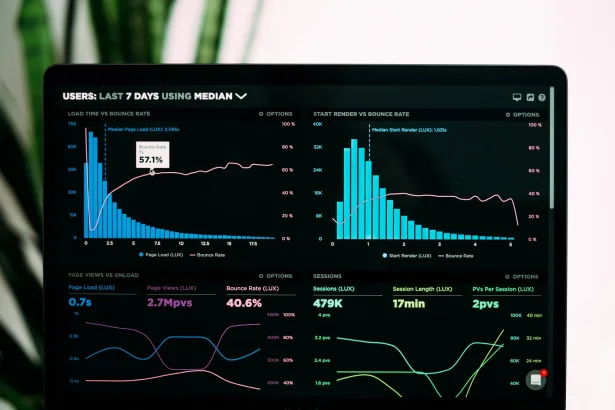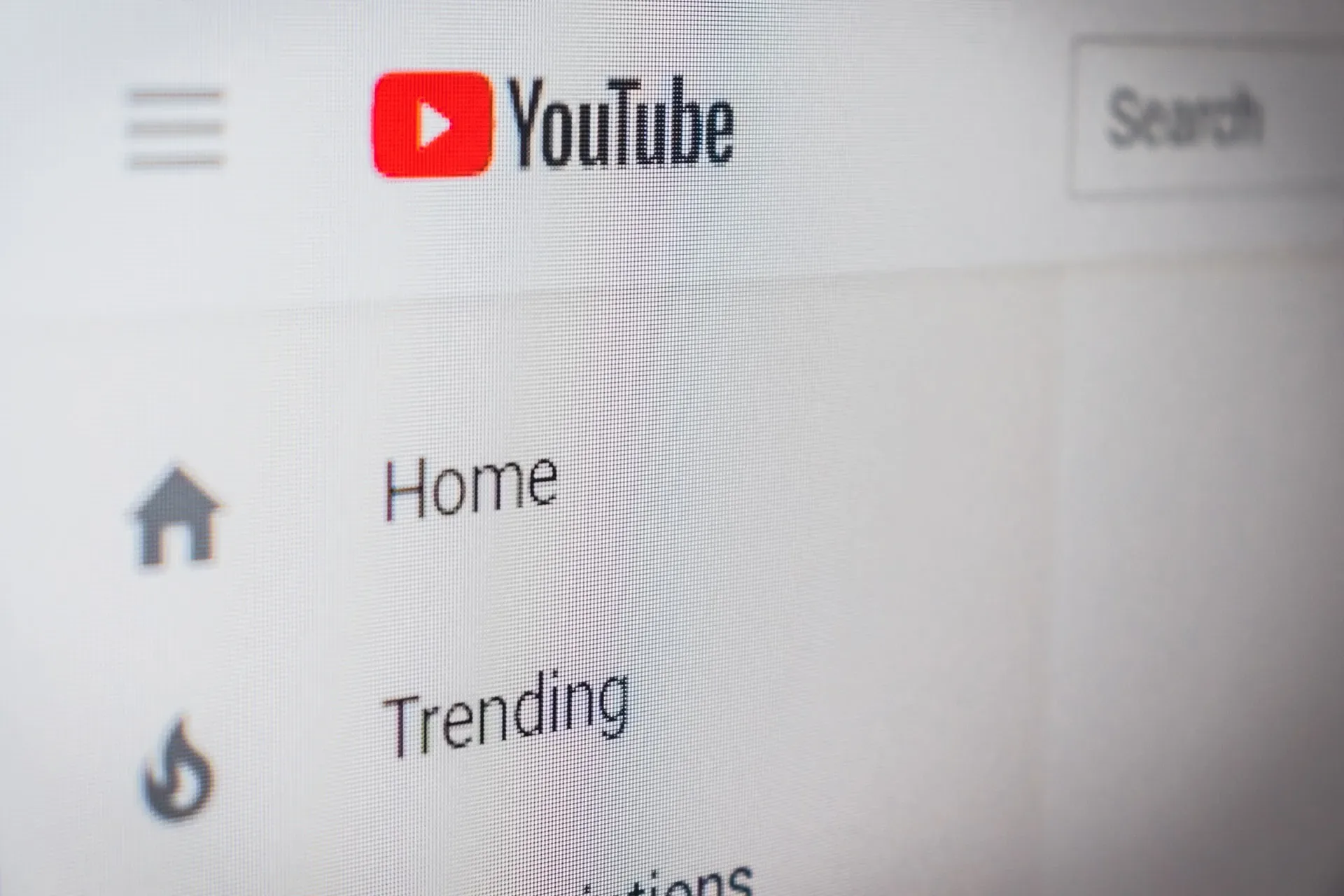Many people mistakenly believe that data collection is about violating privacy and doing illegal things. What they don’t realize is that public data is more than enough in most cases. And that there is absolutely no need to infringe privacy to generate valuable insights.
There are so many data points to tap into if you are thinking about collecting public data online. Social media posts, blog entries, public-facing pages with details like prices and trends, search results, and so many other data points offer access to rich data waiting to be processed.
Starting to collect public data online is also easier now that there are more resources to use. These next several tips and tricks will help you start with your own web scraping operation and collect data from public websites.
Use proxies to anonymize
One of the first things you need to set up before you begin scraping public data online is a set of proxies. Using proxies is how you remain anonymous when running data collection operations. You can have the scraping tools automatically rotate IP addresses to remain anonymous.
Staying anonymous has its advantages. I don’t remember you revealing your actual IP address, for starters, which means you are taking steps to maintain privacy. Proxies are also handy for avoiding suspension and bans.
Running large, automated tasks is only possible when you use hundreds – if not thousands – of IP addresses too. Residential proxy services are the best type to use if you want public data gathering to remain scalable and protected.
On top of that, proxies help balance the load of your operations.
Set clear targets
The meanest thing you want to do is collect everything, especially when you have limited resources to work with. It may seem like a good idea to gather all data from all sources, but that will only lead to large data pools with not much value.
Targeted web scraping is always the best. You have to be deliberate with how you scrape the web. If you want to collect price information, use strings and parameters that allow bots to find prices from a handful of trustworthy sources.
The same is true for when you want to find new items to snipe or look for information about your competitors. Be highly targeted and customize the web scraping runtime – including the RegEx or search parameters you use – to meet those targets.
If you need to gather wider data, set multiple targets, and have multiple runtimes running concurrently. This is the better approach to use since you will end up with different pools of data that can be processed differently.
Tap into relevant sources
The next thing to pay attention to is the sources of your data. Once again, knowing the target data you want to collect helps you tap into the right data sources from the get-go.
Let’s say you want to collect leads for sales purposes. You can use LinkedIn and other professional networks – including official websites of your target market if needed – to find email addresses or contact information on certain individuals.
You can then refine the parameters by configuring the target job title, location, company information, and other details. Since you already know your product’s target market, you can be very detailed at this phase.
By choosing the right sources, you will always end up with data that you can use and valuable insights to understand. Simultaneously, you are also cutting off unnecessary information that could potentially clog your web scraping operation.
The right tools for the job
Like how choosing the right proxy services is important, you also need to make sure that you use the right tools for web scraping. Many tools are designed to work right away; you have to configure some parameters, and you are all set. These tools, however, don’t always offer advanced features.
If you want to be more involved in the web scraping process, you can also use advanced tools that require some programming. As long as you know how to code in Python, you can always build your own web scraping tool. It will match your specific requirements and will likely be more efficient.
Of course, collected data and details need to be processed. Web scraping is only the beginning of your insight-generating journey. With these tips and tricks in mind, you can start gathering public data online for your specific needs. Developing suitable processing for that data will be even easier.

![How to get verified on Twitter in [year] 1 How to get verified on Twitter in 2025](https://techengage.com/wp-content/uploads/2023/04/How-to-get-verified-on-Twitter-jpg-webp.webp)



Share Your Thoughts